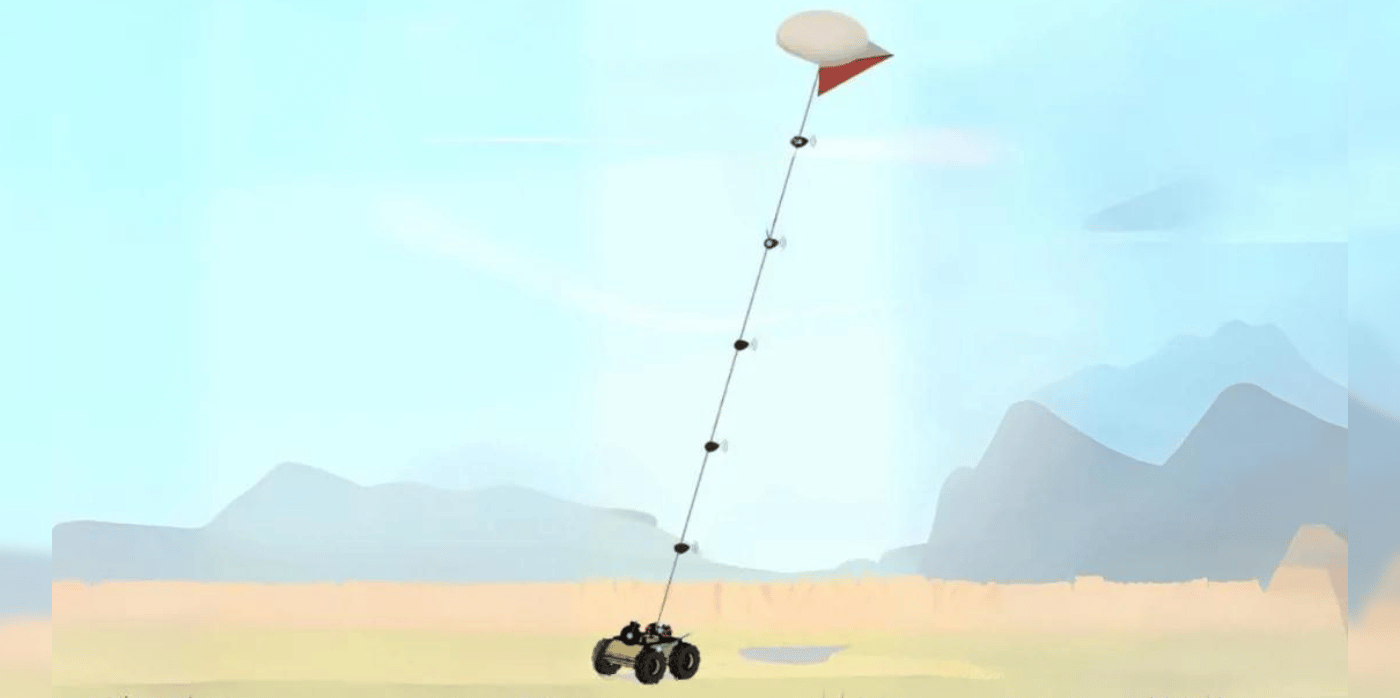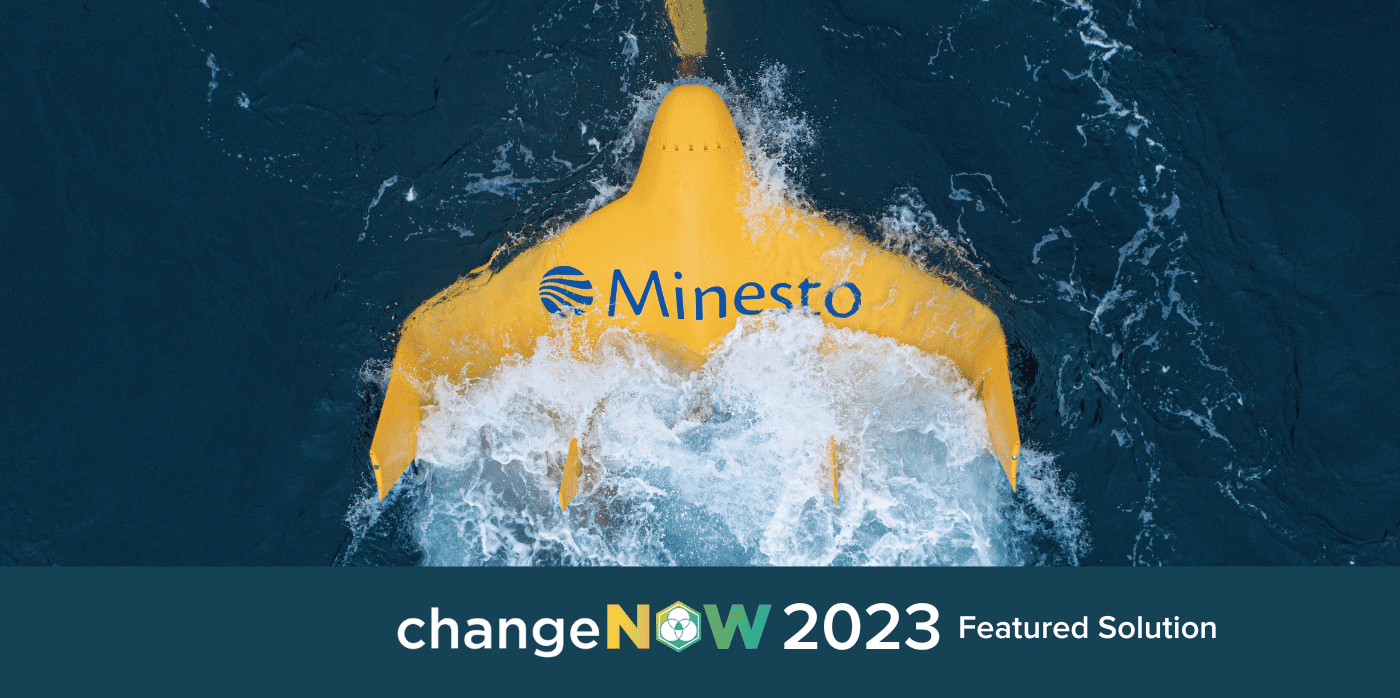Robotic kites monitor greenhouse gas emissions

Spotted: Wastewater treatment systems and rice farming produce a variety of greenhouse gasses (GHG), such as methane and nitrous oxide, that have a greater warming potential than carbon dioxide over the short term. Identifying when and where high volumes of these GHGs are emitted is essential if we are to tackle them, ensure reductions targets are being met, and mitigate climate change. However, there are few projects aimed at monitoring such emissions in an accurate and affordable way.
A new project at Surrey University hopes to change this with new, lightweight wireless gas sensors. The sensors will be attached to helium kites flown by autonomous robots and used to monitor the level and direction of emissions.
The research will involve several departments from across the university, such as fluid dynamics and robotics, and will incorporate skills such as data analysis. The sensors will be built by university spin-out Surrey Sensors, while Allsopp Helikites will provide the helium balloons. The technology will be tested in a variety of locations, including Thames Water treatment works and rice paddies in Spain.
The work is supported by a £620,000 (around €719,000) grant as one of 13 projects nationwide to be funded by a £12 million investment (around €13.9 million) from UK Research and Innovation’s Natural Environment Research Council, the Department for Environment and Rural Affairs (Defra), and Innovate UK. The funding seeks to support UN Sustainable Development Goal 13 — climate action.
Tackling methane emissions is the subject of a number of recent innovations spotted by Springwise, including a seaweed-based feed supplement that could reduce methane emissions from livestock and more sustainable methods for rice farming.
Written By: Lisa Magloff



